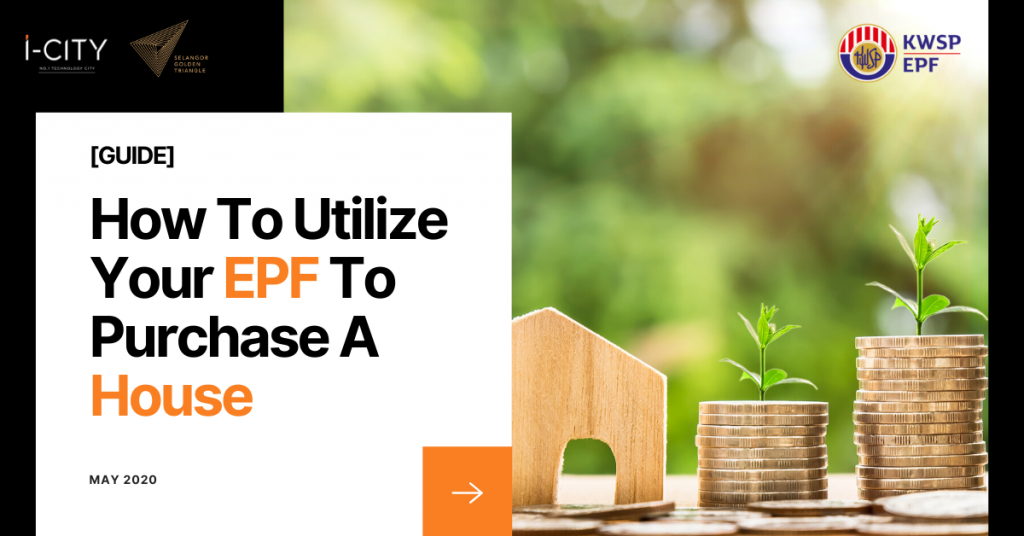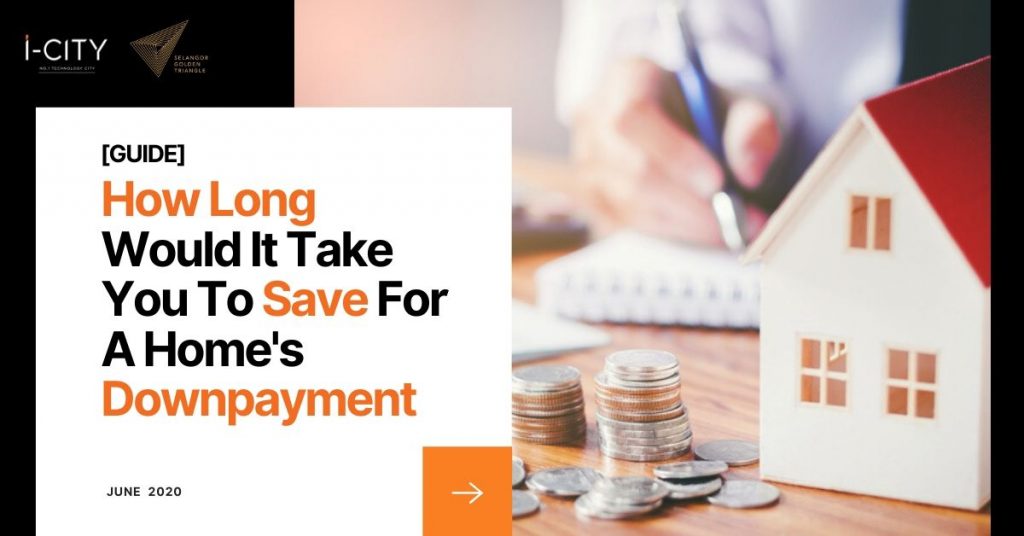It’s no secret that housing in Malaysia is becoming increasingly unaffordable. And while incentive programs to help new buyers exist, there are often many restrictions and limitations placed on the buying process. This includes specifying property types, price limits, location, buyers’ age and income levels, in addition to balloting for affordable homes.
Thus, for people who don’t qualify for incentive programs and still can’t afford to make a down payment, withdrawing from their EPF account to fund the purchase might be one of the only ways to buy.
- The Benefits Of Withdrawing From Your EPF Account To Purchase A House
- Potential Drawbacks Of Withdrawing From Your EPF Account
- Are You Eligible To Apply?
- How Much You Can Withdraw?
- When Making An Application, What Documents Will You Need?
- Notable Restrictions On EPF Withdrawals For Home Purchase
- Conclusion
The Benefits Of Withdrawing From Your EPF Account To Purchase A House
Apart from the obvious interest-free access to cash, here are more benefits to withdrawing to purchase a house:
1. Minimize Monthly Instalments
You can withdraw to make your repayments more affordable and release some of your current financial burdens.
2. Redeem loan balance to save on interest
If your housing loan’s interest rates are on the high side, you can pay it off to save on the additional interest costs and channel your funds toward better causes.
3. Help Spouse Clear Off Home Loan
You can help your spouse pay down or settle his or her home loan and improve cash flow for the family.
Potential Drawbacks Of Withdrawing From Your EPF Account
1. Dipping Into Your Retirement Reserves
These savings are meant to support your golden years and as is, your EPF savings alone has been deemed insufficient to maintain a similar lifestyle post-retirement. So unless you have other reserves and retirement savings, consider carefully before withdrawing.
2. Missing Out On Dividend Earnings
By withdrawing a big chunk, you will be letting go of compounded dividend earnings. The dividend rate declared by the EPF in the past ten years average 5% to 6%. Before making a withdrawal, you’ll need to evaluate (based on your financing terms) if the interest savings and predicted property growth matches up with dividend losses in the long run.
3. Only Available To Withdraw From Account 2
Account 1 holds 70% of your contributions, thus you’ll only be able to access a smaller pool of funds. If the amount in your Account 2 is not substantial, you may still need to top up financing for your home purchase from elsewhere.

Are You Eligible To Apply?
You are eligible if you are:
- A Malaysian citizen
- Permanent Resident or non-Malaysian (who was a member of the EPF prior to the 1st of August 1998)
- Under the age of 55 years with at least RM500 in EPF Account 2
Additional terms of withdrawal include making the property purchase for residential purposes, intending to buy with cash or a home loan and having signed the Sale and Purchase Agreement not more than 3 years ago.
How Much You Can Withdraw?
This depends on the specifics of your purchase. There are four options available and each carry a maximum withdrawal limit:
1. Purchasing A Home With a 100% Home Loan
The maximum you may withdraw under a ‘zero-down’ home loan is 10% of the home price (to help pay for entry costs and other fees).
2. Buying A Home As An Individual
You may withdraw the difference between the price of the home and the loan amount plus 10% of the home purchase price, or all the money in Account 2, whichever is lower (and not less than RM500).
3. Buying A Home With An Immediate Family Member Or Spouse
Again, the maximum withdrawal is limited to the difference between the price of the home and the loan amount plus 10% of the home purchase price, or all the money in both you and your relative’s (or spouse’s) Account 2, whichever is lower (and not less than RM500).
4. Buying With Cash Only (No Loan)
The withdrawal limit is the price of the home plus 10%, or all the money in Account 2, whichever is lower (and not less than RM500).
When Making An Application, What Documents Will You Need?
The documentation requirements for your application to withdraw and purchase a home are fairly straightforward but will differ with the specifics of your withdrawal.
The basics you’ll need include filling out the withdrawal form (KWSP 9C (AHL) (D5), which can be done online or downloaded and filled manually, a copy of your Identification Card and bank statement, as well as the Sale and Purchase agreement for the property in question.
You’ll also need to furnish them with proof of ties to your immediate relatives for joint applications (if your name is not on the loan), obtain a Certificate of Fitness for the property (new developments) and present a Deed of Assignment for a property that is still without a title.
The EPF may ask for further support documents such as the property blueprints, and in addition, do note that the EPF may reject your application if it is incomplete. More information regarding documentation requirements can be found here.
Notable Restrictions On EPF Withdrawals For Home Purchase
Even though the program is helpful for homeowners and new buyers, here are a few restrictions and limitations to consider before applying:
1. Withdrawals For ‘Investment Homes’
You are allowed to withdraw and make your home purchase but not for the sake of investments. The EPF has a right to revoke your application if they find out that a transfer of ownership is taking place within less than one year.
2. Withdrawals For Second Homes
You can withdraw a second time to make a purchase but you’ll need to provide proof that the previous property has been sold off first.
3. Renovating Your Property
If you are thinking of extending your home or making improvements to it, you’ll have to do so with other cash as you will not be allowed to withdraw for these purposes.
4. Withdrawing To Buy Land Or Housing Lots Only
You aren’t allowed to withdraw for land purchase alone; you may buy land but with the intention to build property on it simultaneously.
5. Buying A Home Outside Of Malaysia
You can’t withdraw to buy overseas properties. However, if you are planning to migrate, you may withdraw all the money in your EPF accounts.
6. Buying The Third House
You may buy a second house, but only after you have sold off the first one. But that will be the extent of your withdrawal options for a home purchase.
Conclusion
From the restrictions, we can see that the EPF’s withdrawal options serve a very specific purpose. It is solely about making homeownership possible and more affordable. Thus, if these are the reasons for which you are buying a home, then withdrawing from your EPF account may just be the right move.
Credits: loanstreet.com.my
















